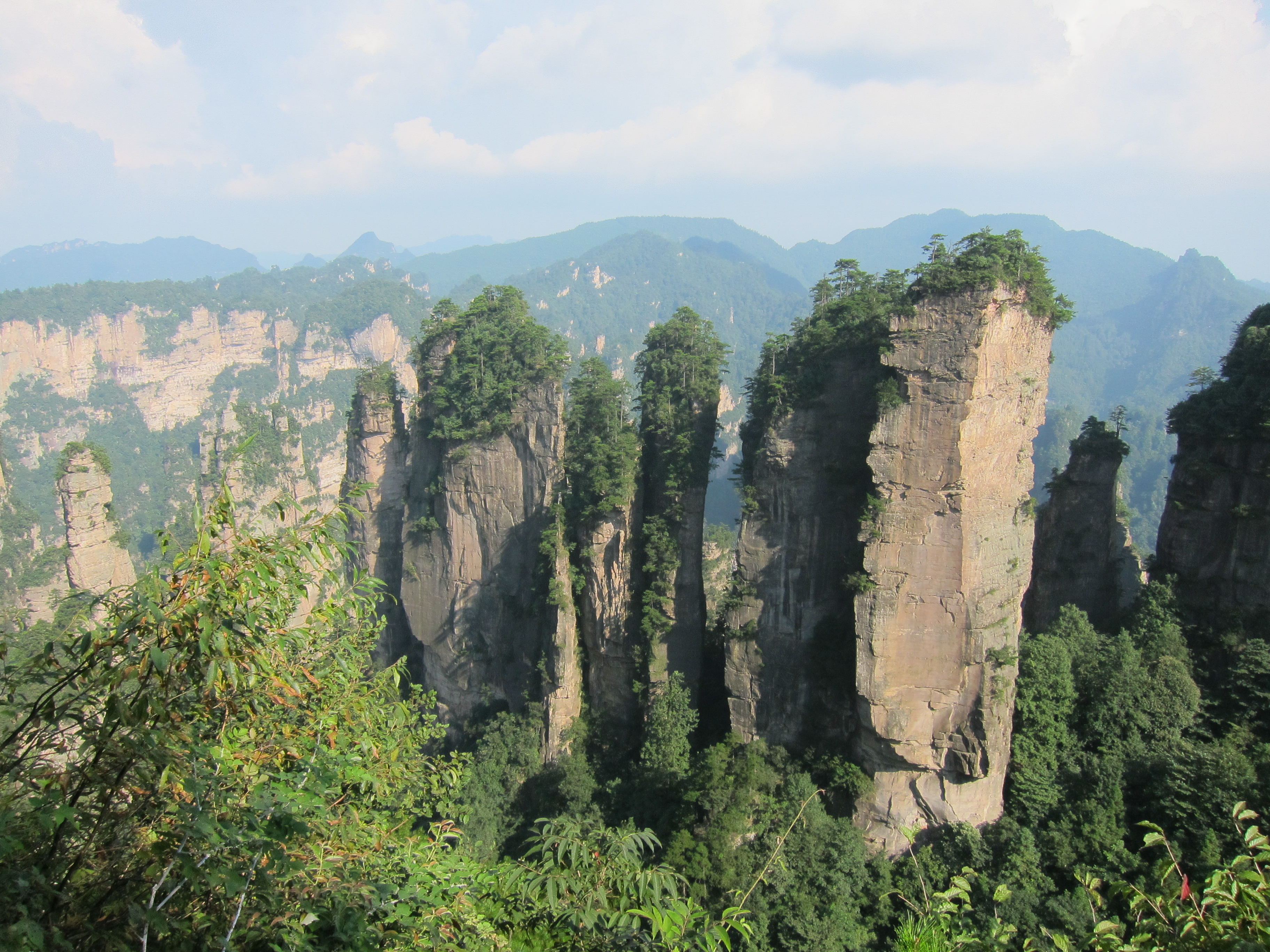
What is the History of Zhangjiajie City?
Zhangjiajie, a prefecture-level city located in the northwestern part of Hunan province in southern China, is home to stunning natural beauty, rich history, and vibrant culture.
History
The city itself was previously named Dayong (大庸) and has a recorded history dating back to 221 BC. People lived here along both banks of the Lishui River (the mother river in Zhangjiajie), now within the boundaries of Zhangjiajie City, very early during the Stone Age.
Prehistory
Archaeological evidence suggests that the Zhangjiajie region has been inhabited since the Paleolithic period, with discoveries like the Zishancun Paleolithic Site indicating early human presence. During the Neolithic period, agriculture developed alongside the Lishui River, setting the stage for settled communities.
Ancient History
- 221 BC - Qin Dynasty: The area became part of the Qin Empire, the first unified dynasty of China.
- Han Dynasty: The region prospered under the Han Dynasty, with the development of agriculture and trade.
Medieval Period
- Sui and Tang Dynasties: Buddhism flourished, and the region saw the construction of temples and monasteries.
- Song Dynasty: The area gained recognition for its scenic beauty, with poets and artists finding inspiration in its landscapes.
Ming and Qing Dynasties
- Ming Dynasty: The region became strategically important due to its mountainous terrain, serving as a natural barrier. Minority groups like the Tujia people inhabited the area.
- Qing Dynasty: The Qing government established greater control over the region, leading to increased Han Chinese migration. This period saw conflicts and uprisings, including the Miao Rebellion (1735-1736).
Modern History
- Republic of China: Dayong County was established in 1913. The region was affected by the turmoil of the Warlord Era and the Second Sino-Japanese War.
- People's Republic of China:
- 1949: The area came under Communist control with the establishment of the People's Republic.
- 1982: Wulingyuan was designated as China's first National Forest Park.
- 1988: The area was established as a prefecture-level city and renamed Zhangjiajie, after the famous Zhangjiajie National Forest Park.
- 1992: Wulingyuan Scenic and Historic Interest Area was designated as a UNESCO World Heritage Site.
- 2004: Wulingyuan was designated as a UNESCO Global Geopark.
Zhangjiajie Timeline
| Year | Event |
|---|---|
| 221 BC | Incorporated into the Qin Dynasty |
| 1913 | Dayong County established |
| 1982 | Wulingyuan becomes China's first National Forest Park |
| 1988 | Establishment of Zhangjiajie City |
| 1992 | Wulingyuan becomes a UNESCO World Heritage Site |
| 2004 | Wulingyuan designated as a UNESCO Global Geopark |
Present Day
Today, Zhangjiajie is a popular tourist destination known for its stunning sandstone peaks, deep valleys, lush forests, and unique karst formations. It is a place where visitors can experience the beauty of nature, learn about the region's rich history and culture, and enjoy a variety of outdoor activities.
FAQs
1. What is Zhangjiajie known for?
Zhangjiajie is renowned for its awe-inspiring natural landscapes. The towering sandstone pillars, deep gorges, and lush forests within Wulingyuan Scenic and Historic Interest Area are its most famous features, inspiring countless artists and photographers.
2. When was Zhangjiajie established as a city?
Zhangjiajie was established as a prefecture-level city in May 1988. Prior to that, it was known as Dayong County.
3. What is the cultural significance of Zhangjiajie?
Beyond its natural wonders, Zhangjiajie has cultural significance as well. It is home to the Tujia, Miao, and Bai ethnic minorities, each contributing to the area's diverse traditions, festivals, and cuisine. The region's historical sites and folklore offer a glimpse into its past and the lives of its people over centuries.